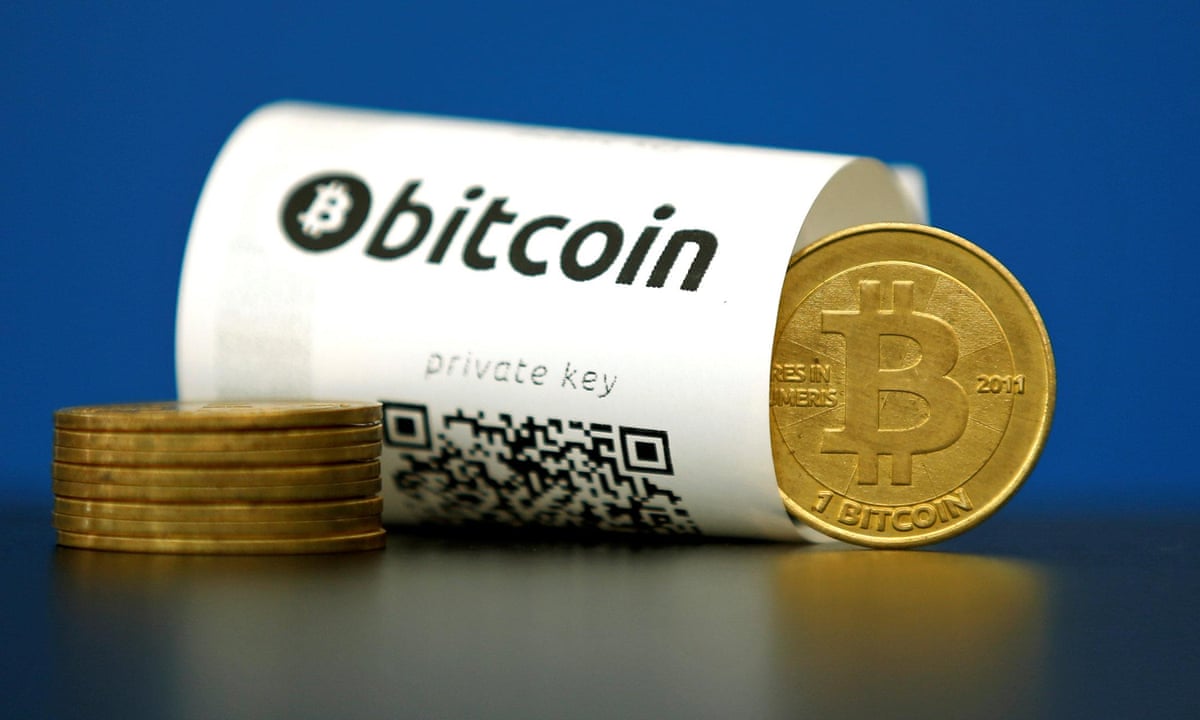Billed as the future of democratized, digital money, the currency is now at the center of a conflict over how to develop technologies behind the system

The bitcoin world this week learned its absentee father might be Craig Wright, an Australian entrepreneur with nice suits and well-combed hair who claims he invented the digital currency.
Wrights appearance complicates an already vicious custody battle. His claimed brainchild bitcoin long billed as the future ofdemocratized, digital money is at the center of an ideological conflict over how to develop the technologies behind the system.
Bitcoin is a paperless, bank-less, state-less currency that allows people to pay directly for goods and services. The coins themselves are made by computers solving a set of complex math problems, and people who use their computers to make coins and record transactions are called miners.
The value of a bitcoin has fluctuated wildly since 2009 but now hovers between $400 and $450. To spend it, users buy bitcoin and transact using a third-party app such as Coinbase. Rather than a central authority validating transactions, all transfers are recorded on a public ledger. It can be used to pay for coffee, dinner or software from online stores as well as some real-world shops.
Fans of bitcoin say the system, which tends to be a pet project of encryption wonks, could eventually rival Visa. Yet transactions are already taking longer to clear sometimes more than 40 minutes, which is a long time if youre in a grocery store waiting for your payment to process. And without agreement on how to resolve the problems, it might soon become hard for anyone to use the service. So whats causing the problem?
Nerds are calling each other nerds behind each others backs. Its a big communications breakdown, according to Eric Lombrozo, chief technology officer of the bitcoin transaction firm Ciphrex. On the other side of the fence, Peter Smith, whose firm Blockchain tries to help people pay with bitcoin at places like local coffee shops, says religion does perhaps explain it well.
Read more: www.theguardian.com




![[Video] How to get rid of bed bugs in Toronto](https://www.thehowtozone.com/wp-content/uploads/2019/10/maxresdefault-2-100x70.jpg)


